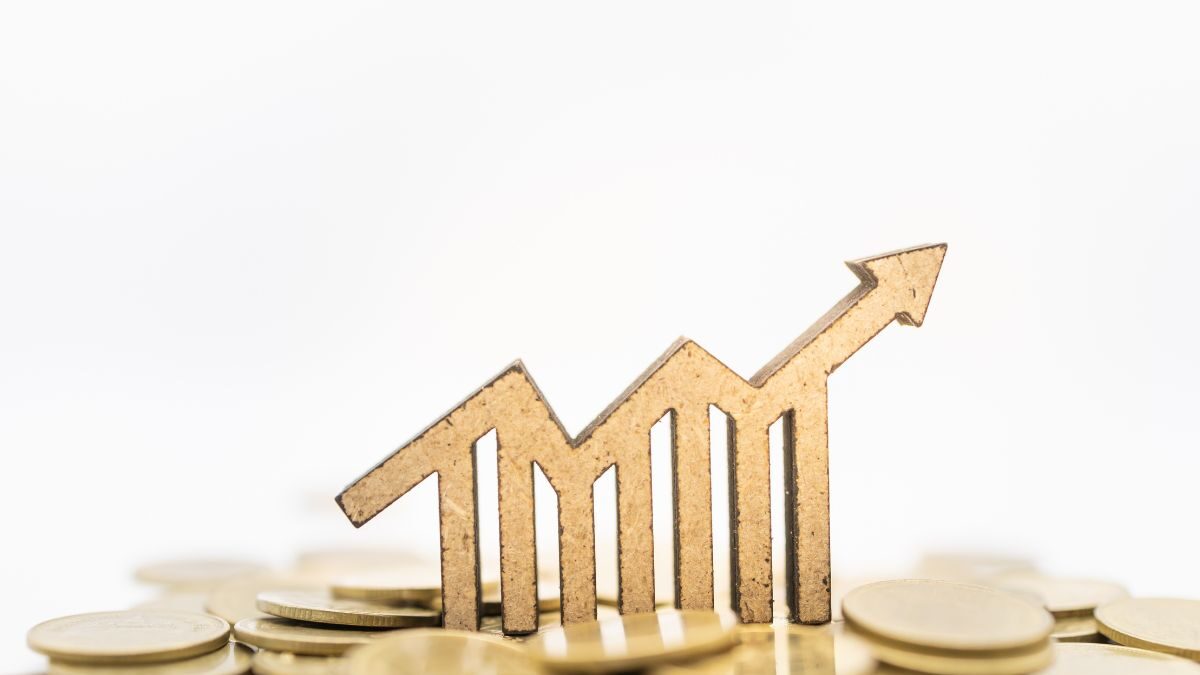Investing is a smart way to make your money grow, but to know if an investment is working, you need a fundamental tool: knowing how to measure its real profitability. It’s not enough to know the final return or the promised interest. To make informed decisions, you need to understand how returns are calculated, what factors influence them and how to compare them across asset classes.
In this practical guide, you will learn the difference between economic and financial profitability, how to apply these concepts to your investments and what to consider when evaluating the true return on your money.
What do we mean by real profitability?
Real return is that which reflects the actual profit that an investment has generated, taking into account both income and associated costs and adjusting, if necessary, for factors such as time, inflation or risks assumed.
Often, novice investors make the mistake of looking only at the nominal return (e.g., “I earned 8%”), without considering whether that percentage really reflects the return after taxes, expenses and risks.
That is why it is so important to distinguish and correctly calculate two key indicators: economic profitability and financial profitability.
Economic vs. financial profitability: how do they differ?
Both are valid ways of measuring the success of an investment, but have different approaches:
- Economic profitability: measures the profit in relation to the total assets used to generate that profit. It is useful to evaluate the efficiency of a business or project.
- Financial return: calculates the return on the equity invested. In other words, what the investor actually earns in proportion to his contribution.
You can read more about this difference in this complete explanation on economic and financial profitability.
Let’s look at a simplified example:
Imagine you are involved in a real estate project:
- Total project cost: 100,000 €.
- Profit obtained: €10,000
- Capital contributed by you: 20,000 €.
- The remainder was financed (€80,000).
- Economic profitability = 10,000 / 100,000 = 10 %.
- Financial return = 10,000 / 20,000 = 50 %.
Economic profitability measures the efficiency of the project, while financial profitability tells you what you have earned on the basis of your personal investment.
Factors to consider when measuring actual profitability
Investment term
A 10% return in 6 months is not the same as a 10% return in 2 years. Comparing terms is essential.
Assumed risk
Two investments with the same return are not equal if one involves more risk. The higher the risk, the higher the expected return must be to justify it.
3. Expenses and taxes
Management fees, profit taxes, maintenance costs, etc., reduce the real net return. Always deduct them from the calculation.
4. Inflation
If an investment gives you 5% a year but inflation is 3%, your real gain in purchasing power is 2%.
Comparing assets: it’s all in the details
When comparing assets (stocks, funds, real estate, deposits), keep in mind:
- What is the average historical profitability?
- What is the level of risk?
- What time horizon is required?
- What is its liquidity (how easy is it to recover the money)?
- What are the associated costs?
Investing is not just about chasing high percentages, but about understanding what you are sacrificing or assuming in exchange for that return.
Conclusion: measuring well is investing better
Profitability is the thermometer of any investment, but if you don’t know how to read it correctly, you can make the wrong decisions. Knowing the difference between economic and financial profitability, calculating it accurately and taking into account the real factors that affect it will allow you to compare assets more objectively and accurately.
Evaluate, compare and decide with clear information. This is the only way to grow your wealth in an intelligent and sustainable way.

